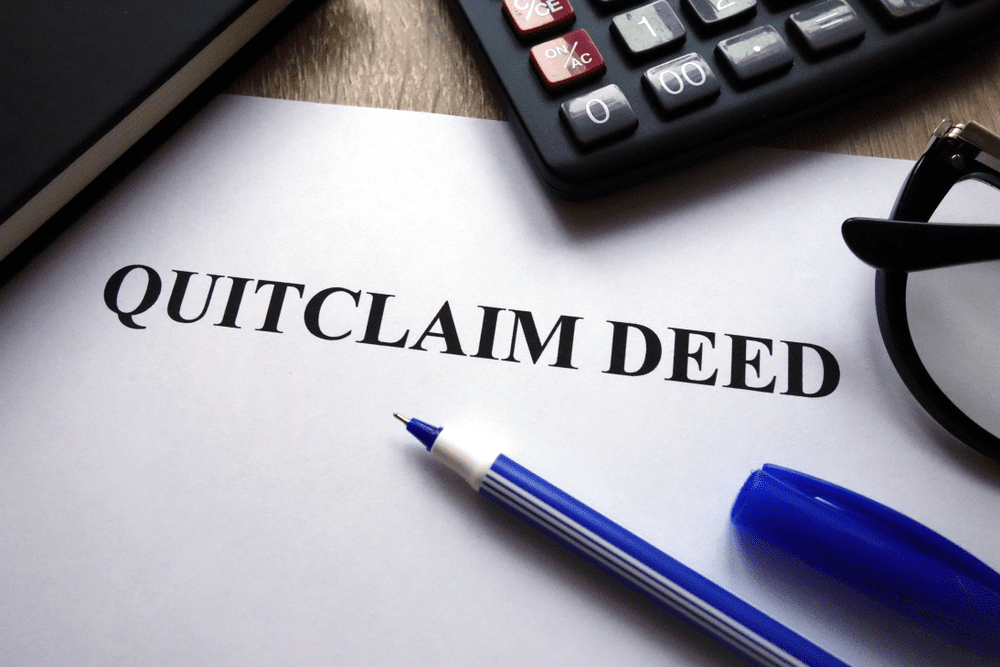At CashBuyersNY, we understand the importance of finding the most effective methods to sell your home quickly and efficiently. One such method that can be considered is selling your home with a quitclaim deed. In this comprehensive guide, we will explore the intricacies of using a quitclaim deed to sell your property, providing you with valuable insights and step-by-step instructions.
Understanding the Quitclaim Deed
A quitclaim deed is a legal document used to transfer the ownership interest in a property from one party (the grantor) to another party (the grantee). Unlike a warranty deed, a quitclaim deed does not provide any guarantees or warranties regarding the property’s title. Instead, it simply transfers the grantor’s interest, if any, to the grantee.
Benefits of Selling with a Quitclaim Deed
Selling your home with a quitclaim deed can offer several advantages depending on your unique circumstances. Here are some key benefits to consider:
1. Simplicity and Efficiency
Using a quitclaim deed can streamline the selling process by bypassing the need for a traditional real estate transaction. It eliminates the complexities associated with inspections, appraisals, and other time-consuming procedures, allowing for a faster closing.
2. Family Transfers or Internal Arrangements
Quitclaim deeds are commonly used for transfers between family members or in internal arrangements where the parties involved have a high level of trust. This type of transaction can be useful when transferring property within a family, such as between parents and children or siblings.
3. Resolving Ownership Disputes
If there are ownership disputes or uncertainties about the property’s title, a quitclaim deed can help clarify the situation. By relinquishing their interest in the property, the grantor effectively removes any potential claim they may have had, providing peace of mind to potential buyers.
4. Supplemental Method
A quitclaim deed can also be used as a supplemental method when selling a property. For example, if a buyer is acquiring multiple adjacent parcels, the seller may opt to use a quitclaim deed to transfer any additional rights or interests they may have in the surrounding land.
Steps to Sell Your Home with a Quitclaim Deed
To successfully sell your home using a quitclaim deed, it is important to follow the necessary steps. Here’s a comprehensive guide to help you navigate the process:
Step 1: Research and Preparation
Before proceeding with a quitclaim deed sale, it is crucial to conduct thorough research and seek professional advice. Familiarize yourself with the legal requirements, potential implications, and any specific regulations that may apply in your jurisdiction. Consulting with a real estate attorney or a qualified professional can ensure a smooth and legally compliant transaction.
Step 2: Agreement and Negotiations
Once you have decided to sell your home with a quitclaim deed, it’s time to negotiate and reach an agreement with the potential buyer. Clearly outline the terms and conditions of the sale, including the purchase price, payment terms, and any other relevant details. It is advisable to involve legal professionals during this stage to ensure all parties are protected.
Step 3: Drafting the Quitclaim Deed
The next crucial step is to draft the quitclaim deed. While it is possible to find generic templates online, it is highly recommended to engage the services of an experienced real estate attorney. They will ensure that the deed is accurate, legally sound, and tailored to your specific situation.
Step 4: Execution and Notarization
Once the quitclaim deed has been drafted, all parties involved must sign the document. It is important to sign in the presence of a notary public who will acknowledge the signatures and affix the notary seal. Notarization adds an extra layer of authentication to the document, making it legally valid and enforceable.
Step 5: Recording the Deed
To ensure the transfer of ownership is officially recognized, the quitclaim deed must be recorded with the appropriate government entity responsible for maintaining property records. This is typically the county recorder’s office or the registrar of deeds. Recording the deed protects the rights of both the grantor and the grantee, providing a clear chain of title.
Step 6: Notify Relevant Parties
Once the deed has been recorded, it is advisable to notify relevant parties, such as mortgage holders, homeowner associations, or any other entities with a vested interest in the property. This will help avoid any potential complications and ensure a smooth transition of ownership.
Step 7: Finalize the Sale
After completing all the necessary steps, the sale can be finalized. The buyer will typically provide the agreed-upon payment, and the seller will transfer any necessary documents, keys, or access to the property. It is important to keep copies of all relevant documents for your records.
Conclusion
Selling your home with a quitclaim deed can be a viable option depending on your specific circumstances. It offers simplicity, flexibility, and can be a valuable tool for resolving ownership disputes or transferring property within families. However, it is crucial to approach this process with careful consideration and seek professional guidance to ensure a legally compliant and successful transaction.
If you require further assistance or have any questions regarding selling your home with a quitclaim deed, our team at CashBuyersNY is here to help. Contact us today for expert advice and personalized support.
Read Also: Selling Property in New York Without a Deed






